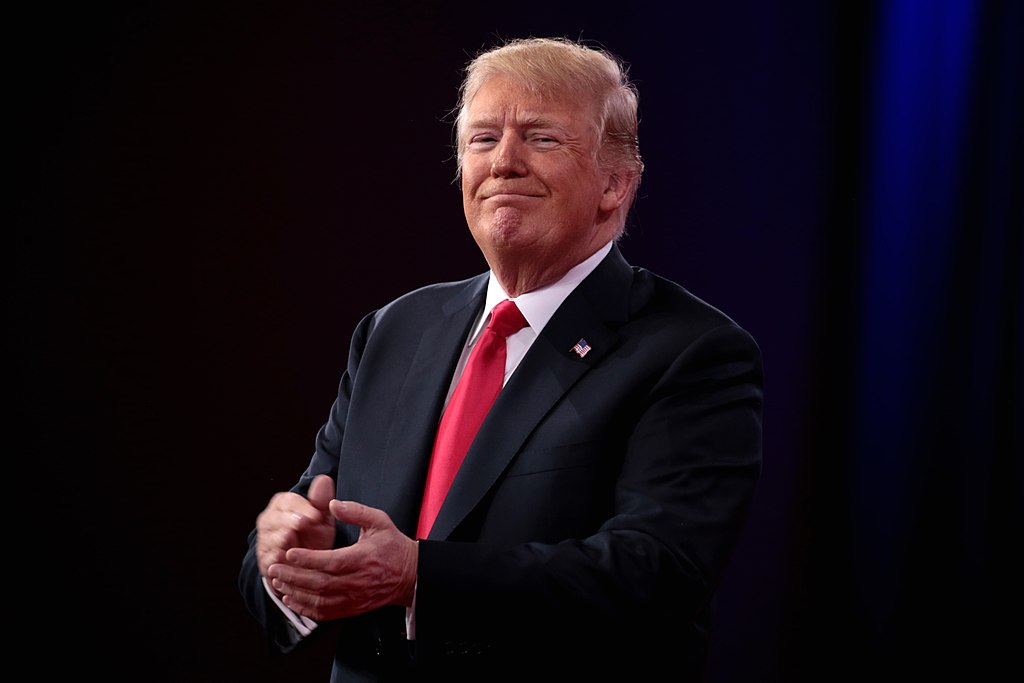The Trump administration is charting a bold course with a series of executive actions set to bolster America’s artificial intelligence capabilities, sharpening its competitive edge against China. Faced with the exploding energy demands of AI – projected to grow over thirtyfold by 2035, the administration plans to streamline grid connections, ease siting barriers for power and data centres on federal land, and introduce nationwide permits to expedite essential infrastructure development. These measures are crafted to relieve the grid congestion that could otherwise hinder AI expansion and translate into strategic leverage in the global tech race.
At the heart of the initiative lies a forthcoming “AI Action Plan,” slated for release on 23 July, potentially celebrated as an “AI Action Day” to galvanise attention and investment. This roadmap, developed in consultation with the National Security Council, underscores a revived vision for U.S. technological leadership. The proposal also features a national energy emergency declaration, allowing regulatory bottlenecks on energy and mineral production to be lifted swiftly to meet AI’s voracious power needs.
Tech heavyweights like Amazon and OpenAI are already committing billions to U.S. data-centre projects, signalling market endorsement of the administration’s infrastructure push, though their confidence hinges on consistent regulatory clarity. Yet balancing speed with oversight will be a critical challenge, particularly concerning environmental and community concerns tied to expedited approvals.
This move marks a strategic pivot: shifting AI policy from regulation-focused to infrastructure-driven. For financial and corporate sectors, it presents concrete opportunities in energy, real estate, construction, and data centre development. However, stakeholders should remain cautious of potential political volatility. Rapid policy swings remain a fixture of the Trump era, making scenario planning essential for investors and planners.
As the world watches, the effectiveness of these executive orders will be measured during the July rollout and by the energy and AI infrastructure produced. Success could cement U.S. pre-eminence in the AI domain. But faltering execution or legal pushback could stall momentum, weakening the very competitive advantage this strategy seeks to achieve.


